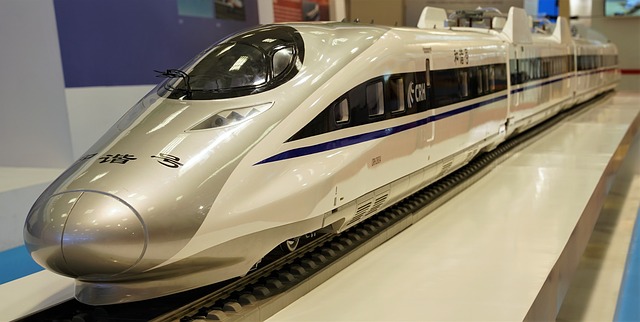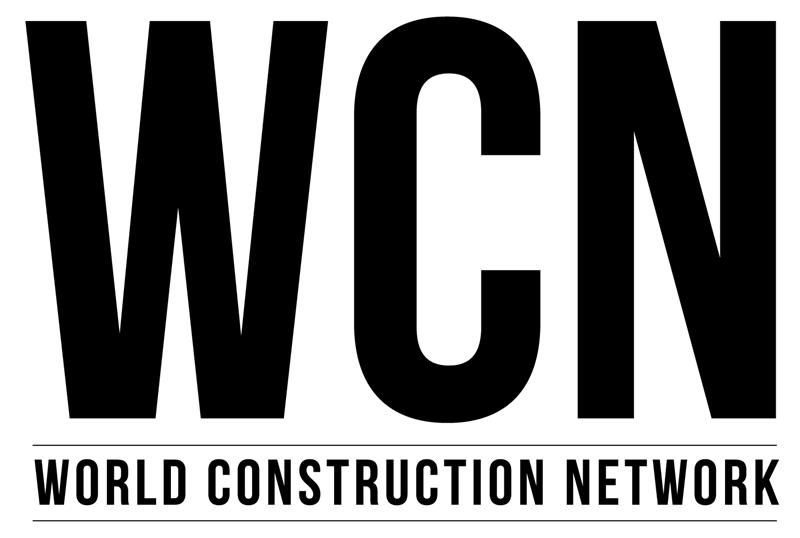
China has commenced construction of a new test line in North China’s Shanxi Province to handle high-speed maglev trains.
The new maglev test line is designed to handle trains operating at speeds of up to 1,000km per hour.

Discover B2B Marketing That Performs
Combine business intelligence and editorial excellence to reach engaged professionals across 36 leading media platforms.
It is noted that the maglev railway project is undertaken by North University of China and the Third Research Institute at China Aerospace Science and Industry.
The trains use low vacuum and magnetic suspension technology, which gives the trains to have capacity to travel beyond the current 350 km per hour of high-speed trains.
North Central University School of Electrical and Control Engineering dean Ma Tiehua was quoted by CnTechPost saying: “The high-speed train uses superconducting magnetic levitation technology to disengage from the ground to eliminate frictional drag and a near-vacuum internal duct line to dramatically reduce air resistance to achieve travel speeds of more than 1,000 kilometers per hour.”
Using these technologies, the trains will have the capacity to travel at a speed of 300m per second.

US Tariffs are shifting - will you react or anticipate?
Don’t let policy changes catch you off guard. Stay proactive with real-time data and expert analysis.
By GlobalDataMa Tiehua also stated that the future high-speed trains are expected to exceed the speed of 1,000km/h and reach nearly 3,000km/h speed and 4,000km/h.
According to the Science and Technology Daily, the project in Yanggao County, Datong City, will start with a full-scale test line.
The first phase of the of the project will involve construction of 2km maglev test line. The next phase will see 5km extension and the third phase will extend to 15km.
Upon completion, the test line will operate parallel to the original high-speed rail line with space for future development.
———————————————————————————————————————
The new maglev test line is designed to handle high-speed trains operating at 1,000km/h of speeds. Credit: Richard Mcall from Pixabay.





